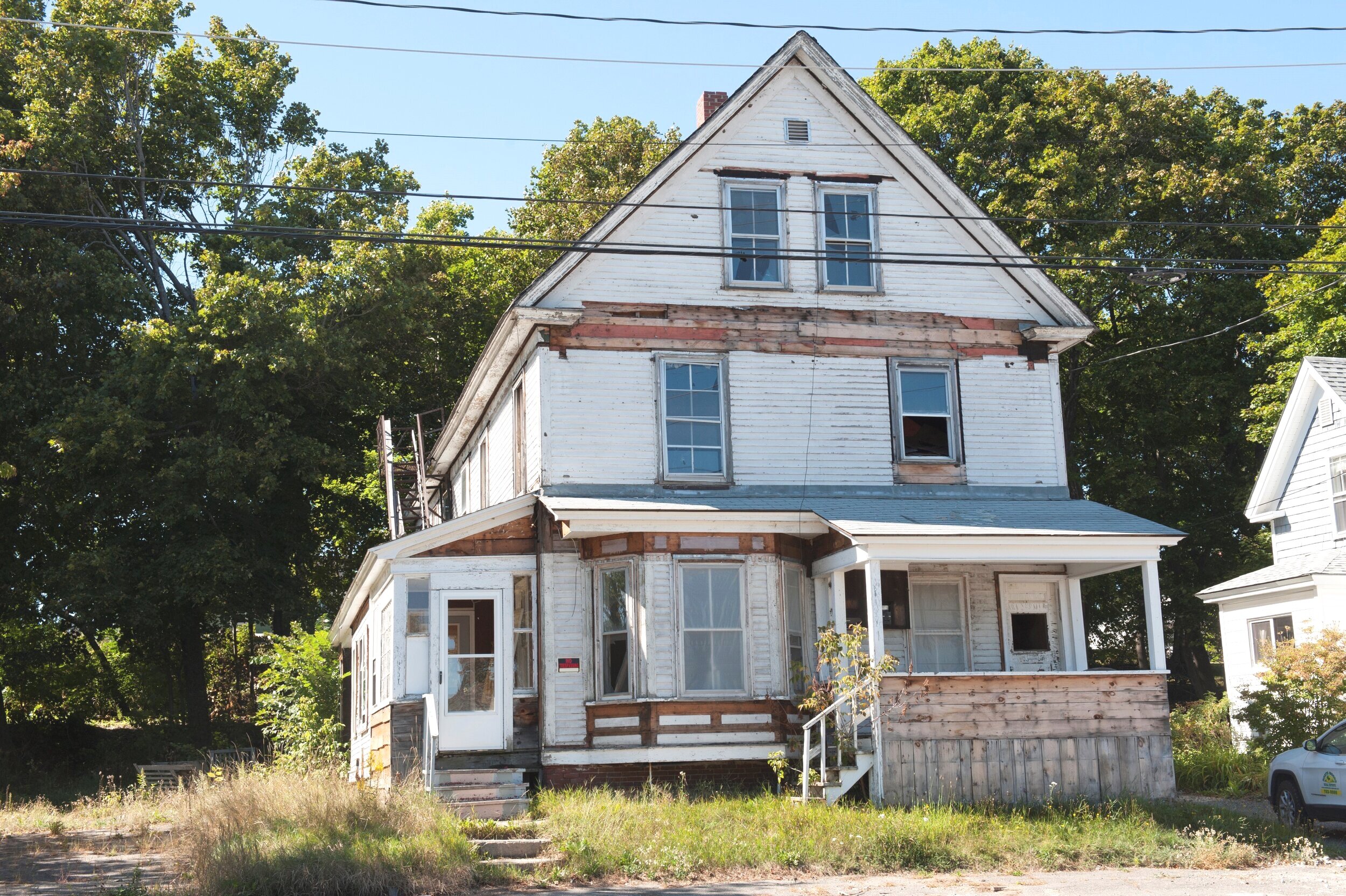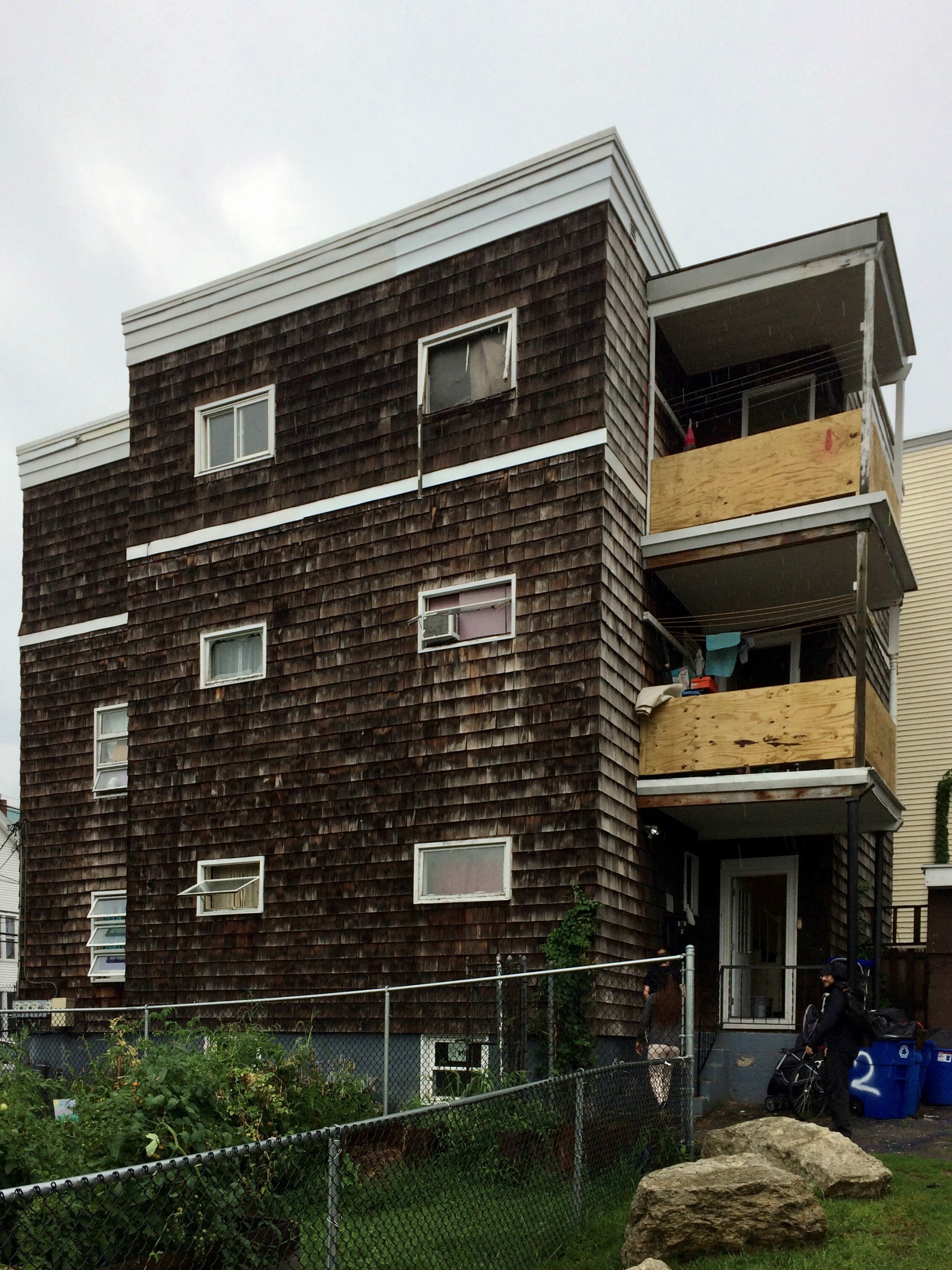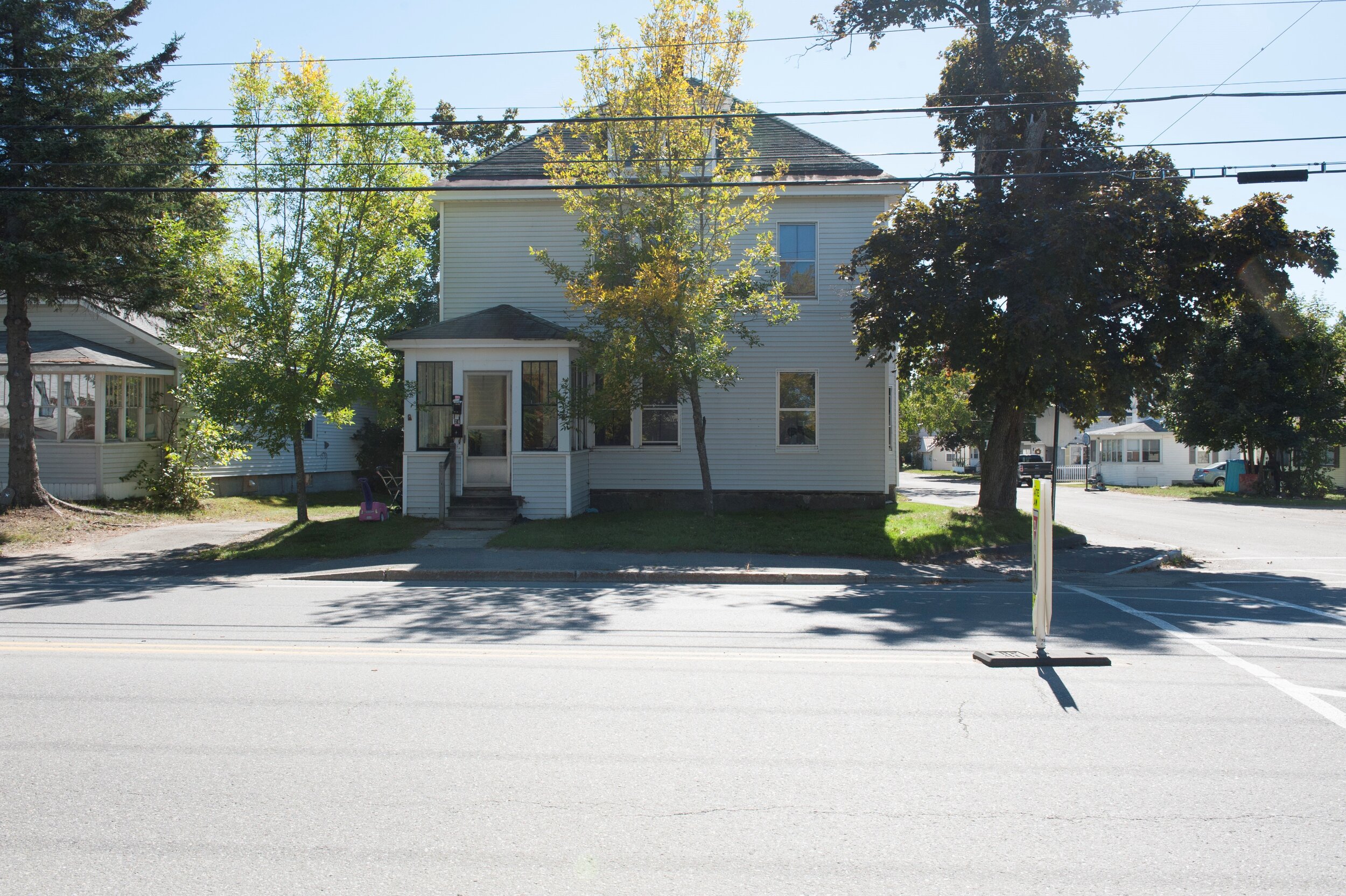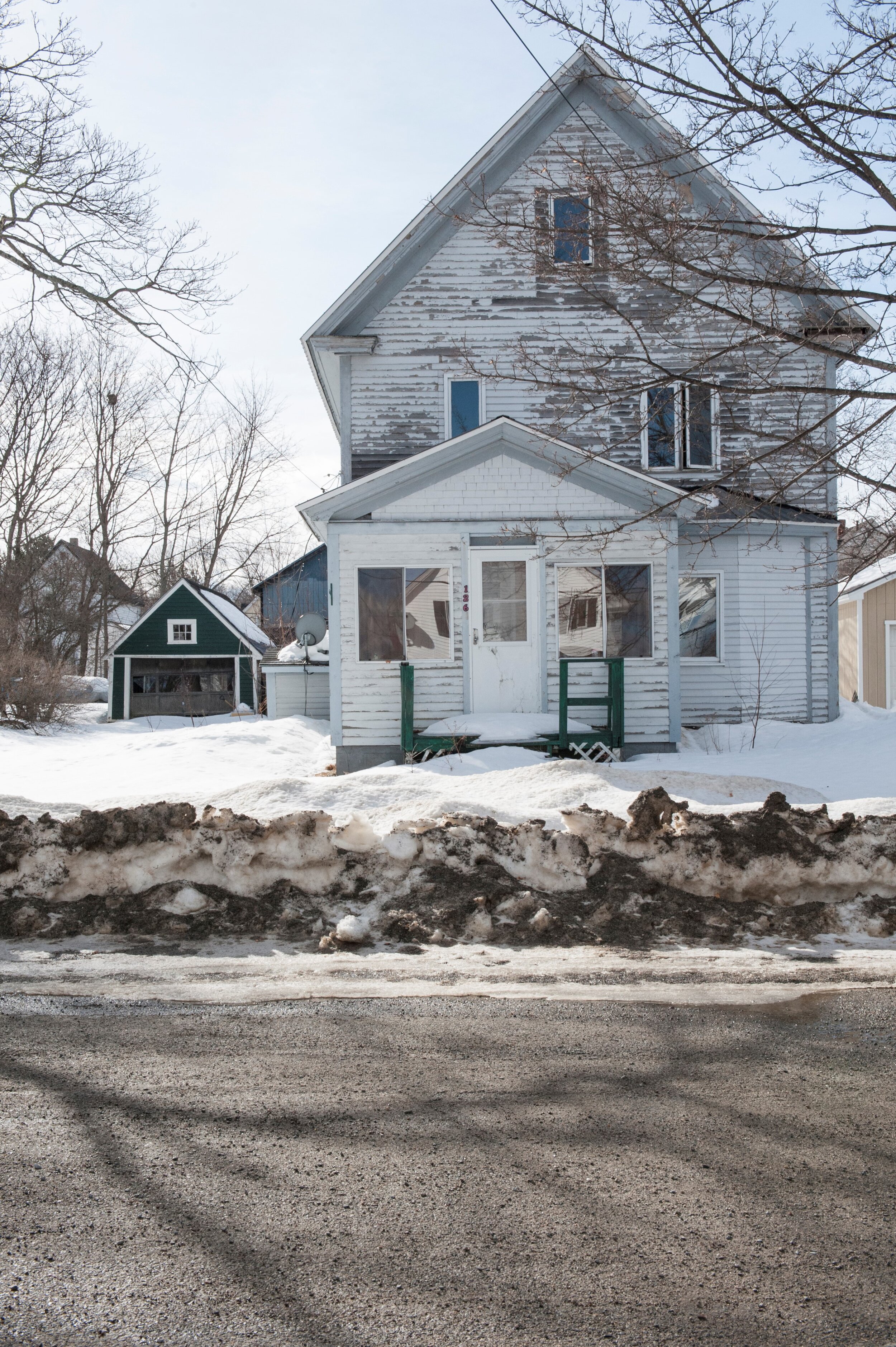PassivHaus 50 house retrofits initiative
Ecology School Farmhouse in Saco will begin pre-renovation monitoring as part of the 50 Houses research initiative.
By Tim King
Photos courtesy of passivhausMAINE
THESE DAYS, home is not only where the heart is, it’s where everyone is. Everyday. Every…single…day. Thanks to COVID-19 and the global pandemic that has everyone on the planet on edge, homes have become an even greater safe haven where people can temporarily relax, let their hair down and take their masks off. That is, once they’ve thoroughly cleaned and disinfected every nook and cranny.
That’s why, perhaps now more than ever, each and every Maine home needs to be a place of quiet comfort — both literally and figuratively.
After all, it’s hard to feel at ease when cold drafts are blowing through the house, or when oppressive heat and humidity can cause people so much discomfort on multiple fronts. First from the hot, sticky weather itself and second, when the sky-high utility bill arrives a month later.
In an effort to help more Mainers offset these uncomfortable moments, there’s a research effort underway that’s aimed at dramatically improving the energy efficiency of existing homes in Maine, while also reducing the amount of cost, time and effort it takes to complete the work.
FACT: Mainers like learning by doing
Led by passivhausMAINE (phME) and including local architects, builders and representatives from the University of Maine and Penn State, the 50 Houses Research Initiative will identify, analyze and document the process of completing 50 high-performance retrofits on the most common types of residential buildings in Maine, including detached single family units with 1,000-2,000 sq ft of conditioned living space, duplexes and triple-decker multifamily homes.
Examples of the types of Maine housing stock that will be studied through the 50 Houses initiative including a Lewiston multi-unit that is currently being evaluated for inclusion in the project (second picture):



50 Houses is modeled after a successful initiative in Holland, but the Maine initiative will focus on our cold climate and the building types that are most common here.
“From these efforts, we’ll be able to share what we learned with retrofit builders, remodelers and architects, providing them with a guidebook of what to do – and what not to do – when they approach a project,” says Naomi C.O. Beal, executive director of passivhausMAINE.
Recently, assessment work began on an aging three-family (triple decker) home in Lewiston. Data from the project, including its size, location, age and foundation type will be available when the project is completed to assist the next project with similar characteristics.
Working with The Penn State Institutes of Energy and the Environment (PSIEE) to help measure and evaluate the performance of the retrofits through data collection and analysis, the group intends to develop prototypes, strategies and best practices to perform deep energy retrofits to passive house standard throughout Maine. This means homes that require very little energy to maintain a comfortable indoor temperature throughout the year.
FACT: Most Maine homes are wicked old
Renovation projects that go back to studs are perfect candidates for a deep energy retrofit.
Of the more than 600,000 current housing units in Maine today, more than half (56%) were built before 1980, when the use of lead paint, insufficient insulation and inefficient heating systems were all standard practices and considered to be built “up to code.”
Today, many of these decades-old structures suffer from compromised building envelopes, poor ventilation and inefficient heating systems. Coupled with the fact that Maine continues to be the state that’s most reliant on kerosene or other fuel oils as its primary source of heat, these older homes are both costly for residents and damaging to the environment.
“Research on how to retrofit our existing housing for higher energy efficiency is urgently needed. It’s not as simple as adding insulation,” says Will Manion, Associate Professor of Construction Engineering Technology at the University of Maine. “Air and moisture movement in and out of the building has to be carefully addressed as well.”
According to Manion, “There is a fair amount of existing research on retrofitting housing in general. There’s not as much that’s specific to the cool, humid Maine climate and its notably older housing stock.”
FACT: It’s still wicked expensive to heat and cool most Maine homes
According to research from the Island Institute, headquartered in Rockland, residents and homeowners throughout Maine struggle to overcome what the Institute defined as the “Rural Efficiency Gap” in its 2018 report to the Maine Governor’s Energy Office. It found that island and rural communities in Maine (and elsewhere) often pay some of the highest prices for electricity and heating oil.
The “Rural Efficiency Gap” is created by the numerous obstacles, including geographic, financial, skilled labor availability and program awareness. In short, people living in rural areas can find it difficult to find financing for energy upgrades or a knowledgeable contractor who is willing and able to do the work.
“As we continue to work toward completing our ‘50 House’ retrofit goal, we will also be developing best practices that can be reproduced economically throughout Maine as well as other cold climate, petroleum-dependent areas around the world,” says Beal.
The time is right, NOW!
The efforts of the 50 Houses Project also align well with the long-term direction for energy creation, distribution and consumption in the state of Maine.
Earlier this year, the Energy Working Group of the Maine Climate Council announced its recommendations for achieving Maine’s climate goals, including “ensure adequate affordable clean energy supply to meet Maine’s 100% (RPS) goal” and “develop and implement new financing options necessary to meet Maine’s clean energy and emission reduction targets.”
An RPS, or renewable portfolio standard, is the percentage of electric power that a utility is required to purchase from renewable resources.
“Unlike individual weatherization efforts that tend to address only the most visible or problematic issues, deep-energy retrofitting a building with better insulation, heating and ventilation systems will provide immediate and long-lasting benefits,” says Beal. “While completing 50 house projects is ultimately our goal, the reality is that there are important lessons learned with each home we improve. Over time, each one of those lesson will add speed and efficiency to the process of improving the lives of more and more people in Maine, no matter where they live.”
FACT: Where there’s a will, Mainers will find a way
With any luck, the snowball effect from the success of passivhausMAINE’s 50 Houses project will build quickly enough to be able to offset the current trend of ever-rising temperatures.
-
If you have a house and an architect with a plan to renovate to passive house standard (or measurably close) in Maine, please reach out to passivhausMAINE at info@passivhausMAINE.org. The group is eager to add to its growing open source data base.
This article appeared in the Fall 2020 edition of Green & Healthy Maine HOMES. Subscribe today!
Click here to find Maine experts that specialize in healthy, efficient and sustainable homes: Builders & designers, heating/cooling systems, insulation & air sealing, landscaping, renewable energy, realtors, finance programs and more in the Green & Healthy Maine Green Homes Business Directory.





